It finally happened. Magic Leap has given the world its first glimpse at its debut device, the Magic Leap One Creator Edition.
At 9 a.m. ET, the company flipped the switch on a huge website update that splashed the homepage with images of what is now confirmed to be an augmented reality headset.

"I am so excited to share with all of you a first look at Magic Leap One, Creator Edition," Magic Leap CEO Rony Abovitz wrote on the company's blog. "We will be shipping in 2018, so stay tuned for more events, info on how to buy, the opening of our creator/developer portal, and just more cool and fun stuff."
The headsets, called Lightwear, looks radically different than anything that has come before it, with rounded lens instead of a windshield-like display. Yet, it is has all the hallmarks of existing headsets like the HoloLens or Meta 2, including an array of cameras and sensors aligned to the wearer's eyes.
Lightwear will be tethered to a wearable computer, called the Lightpack, which appears to be the size of a Sony Discman. Accompanying the headset and device is a handheld controller for navigation, including "force control" and haptic feedback. A disclaimer warns that the device is "continually advancing and may be different at time of shipment."
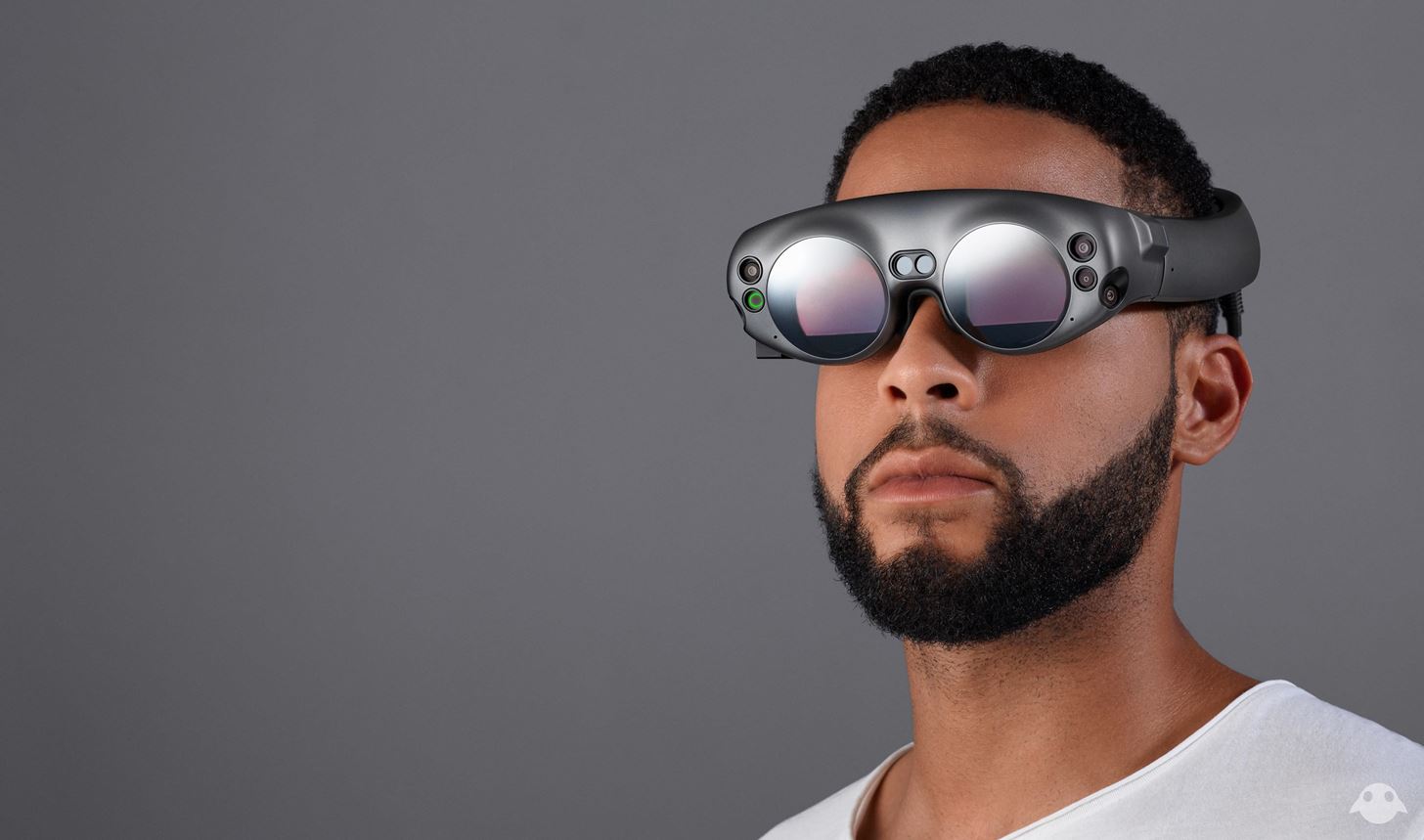
The company also claims that the system will offer an array of features that will set Magic Leap One apart from other augmented reality products. Chief among these is the Digital Lightfield technology that the company has alluded to previously. The method focuses light at varying depths to project realistic virtual objects that can be viewed comfortably by the user. Likewise, soundfield audio gives users the perception of distance between their body's position and the visuals. The company also promises a "next generation" interface that combines voice, gesture, and head pose inputs with eye tracking.
- Don't Miss: 5 Major Problems Magic Leap One Faces on Day One
Other features are in keeping with what one would expect from an augmented reality experience, including environment mapping for anchoring digital objects. It all runs on a "high-powered chipset" that makes the small disc-shaped tethered computer necessary.
In addition, the company disclosed that a Creator Portal would open in early 2018, including a software developer kit, documentation, and resources for building experiences for the Magic Leap One.

Abovitz teased the reveal last week on Twitter. After Pitchfork published a preview of an app Magic Leap built in collaboration with rock band Sigur Rós on Monday, Abovitz tweeted that there was one more surprise coming later this week. On Wednesday, at 2 a.m. ET, he prompted his Twitter followers to check their timelines in "a bit more than 25,000 seconds."
In keeping with Abovitz's affinity for music, the company gave Rolling Stone the privilege of being the first media outlet allowed to publish images of the hardware itself, with magazine's story going live at the same time as the website update.
"To see the physical world around me, and then those creations appearing not on it, as if some sort of animated sticker, but in it, was startling," the reporter gushed, following a demo of the product.

For someone who has received a fair amount of derision for possibly "crying wolf," Abovitz finally made big on his promise that 2017 would be a big year for the company. But, as it turns out, 2018 will be even bigger.
Just updated your iPhone? You'll find new features for Podcasts, News, Books, and TV, as well as important security improvements and fresh wallpapers. Find out what's new and changed on your iPhone with the iOS 17.5 update.
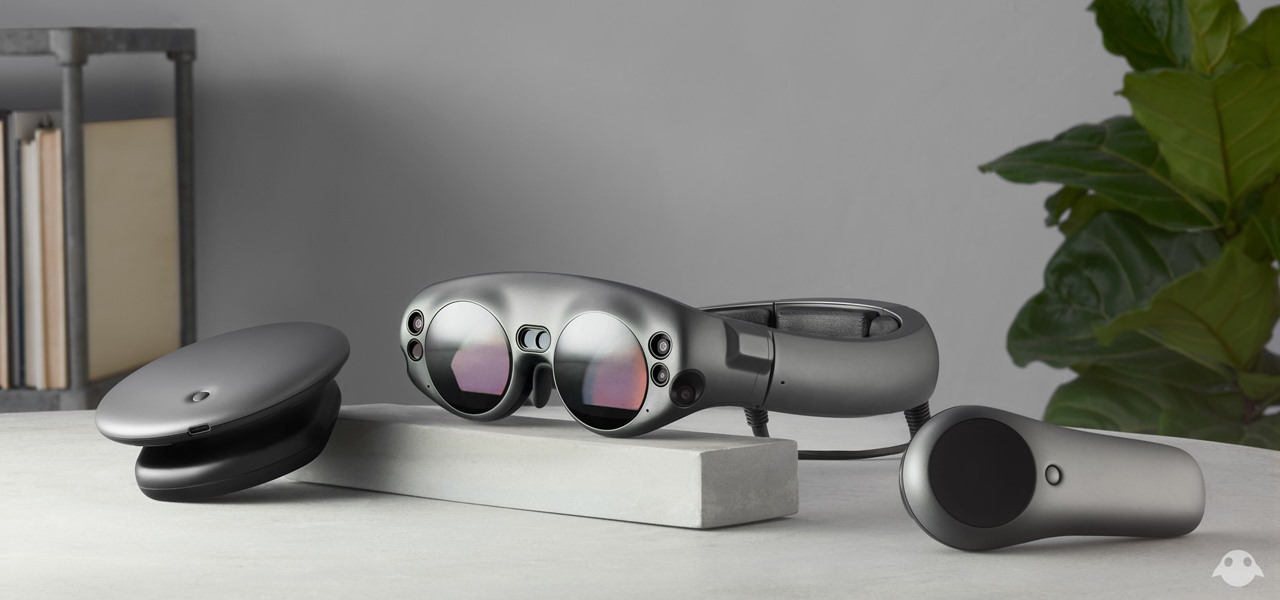




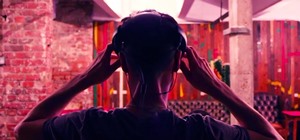
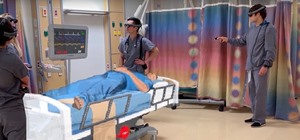



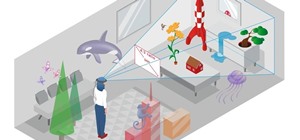
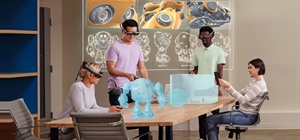
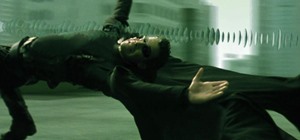
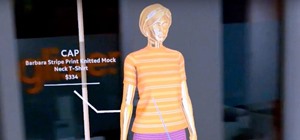
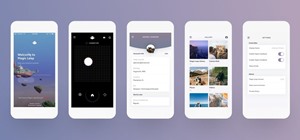
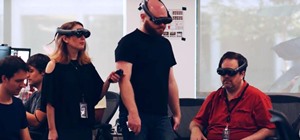
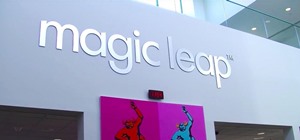
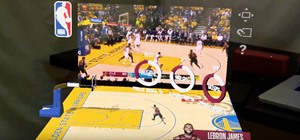
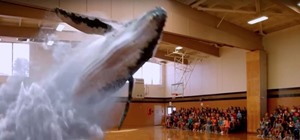
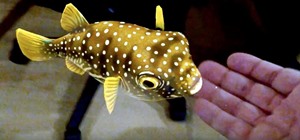
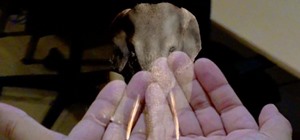
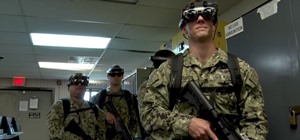
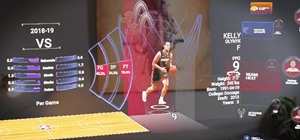



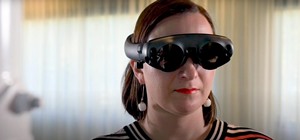
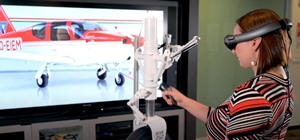

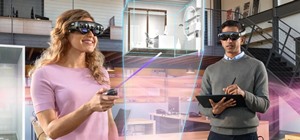


Be the First to Comment
Share Your Thoughts